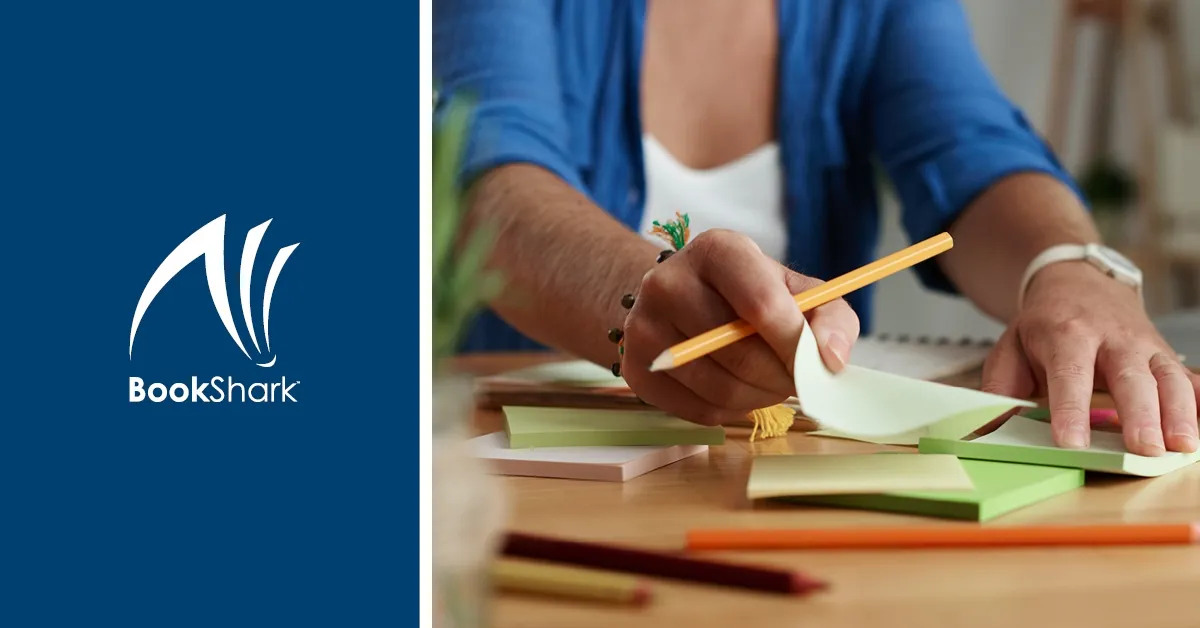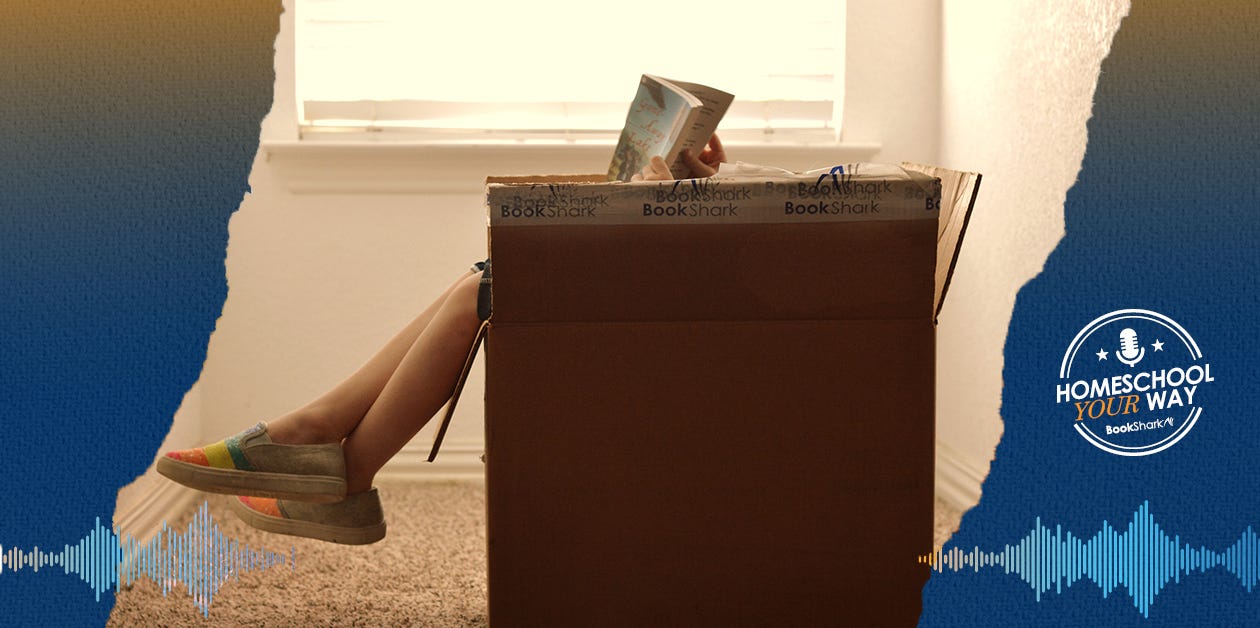What a 1912 Eighth Grade Exam Taught Me About Choosing Homeschool Curriculum
-
 By
Tina Robertson
By
Tina Robertson
- Jul 28, 2016

With one foot in childhood and the other entering adulthood, eighth-grade is a pivotal time. Choosing homeschool curriculum can be nerve-racking when you realize that eighth grade can set your child up for success or hold him back. I found inspiration for my son's curriculum choices in a very odd place—a 1912 eighth grade exam.
Learning the art of cursive or diagramming sentences from the Bible seems archaic by today’s educational standards. However, the old-fashioned testing standards I saw in this old test helped me find a middle ground between relaxed and restrictive homeschooling. Here are three lessons I learned from this relic of one-room school days.
Lesson 1: Longer School Hours Aren't Necessarily Better
After reading the challenging questions on the 1912 eighth grade exam, I learned that our homeschool day could be shorter without compromising rigorous standards. School days of the 1900s were typically shorter than public school today, and yet the exam is quite challenging!
Learning that longer school days don't necessarily equate to more learning, I shortened the length of our school day and increased the level of difficulty in my son’s courses. Instead of sticking to grade level by purchasing eighth grade curriculum, I purchased high school level courses that better suited his true abilities. My son was able to get a head start on high school while still in middle school.
Lesson 2: The Basics Don't Have to be Reviewed in Upper Grades
 Learning more background of the exam, I realized that it was uncommon in the 1800s and early 1900s for a child to continue his education past eighth grade. Scholarships were awarded to students to encourage them to continue onto high school. Because eighth grade marked the end of most students' academic careers, the basics were expected to be fully mastered by this level.
Learning more background of the exam, I realized that it was uncommon in the 1800s and early 1900s for a child to continue his education past eighth grade. Scholarships were awarded to students to encourage them to continue onto high school. Because eighth grade marked the end of most students' academic careers, the basics were expected to be fully mastered by this level.
Taking a clue from this old test, I realized we, too, could move past the basics in eighth-grade and move into more complex subjects. I knew how much time we had spent covering the 3Rs over the years, and so I stopped scheduling them on our homeschool plan for eighth grade. Although it was frightening at the time, I reduced my son’s work in the basics, and he transitioned easily into higher-level courses.
Lesson 3: Curriculum Should Go Beyond Rote Memorization
Not all the things I read in the 1912 eighth-grade exam positively influenced me. Some of the history questions like name the last battles of the Civil War and the War of 1812 didn't impress me as especially important for today's society. It’s not enough to memorize battles or dates. Our kids need to understand the ideology behind decisions made in the past. Preparing a teen for high school or college means he needs the skills to look beyond the obvious and learn analysis.
So the last lesson I took away from this old exam was to scrutinize my long-term goals. In eighth grade I looked for curriculum that taught my son how to think creatively and critically and how to communicate effectively. On the other hand, because a relaxed homeschool atmosphere is important to me, reviewing my long-term goals didn’t mean I had to force my son to learn higher-level skills in middle school until he was ready. Achieving balance between relaxed and rigid homeschooling has always been challenging for me, and the huge amount of unused homeschool curriculum in my home is a testament to that fact. Reviving some of the learning standards from times past is something I occasionally wish for, but learning from them was far more valuable and inspirational than I imagined.
About the Author
 Tina Robertson celebrated the graduation of Mr. Senior in 2013 and Mr. Awesome in 2015. Because of her love for new homeschoolers, she mentors moms through her unique program called New Bee Homeschoolers. She loves all homeschoolers, though, as she shares her free 7 Step Curriculum Planner, unit studies, lapbooks and homeschooling how tos. She can't sing, dance, or craft, but she counts organizing as a hobby. She is still in the homeschool trenches blogging at Tina's Dynamic Homeschool Plus.
Tina Robertson celebrated the graduation of Mr. Senior in 2013 and Mr. Awesome in 2015. Because of her love for new homeschoolers, she mentors moms through her unique program called New Bee Homeschoolers. She loves all homeschoolers, though, as she shares her free 7 Step Curriculum Planner, unit studies, lapbooks and homeschooling how tos. She can't sing, dance, or craft, but she counts organizing as a hobby. She is still in the homeschool trenches blogging at Tina's Dynamic Homeschool Plus.












